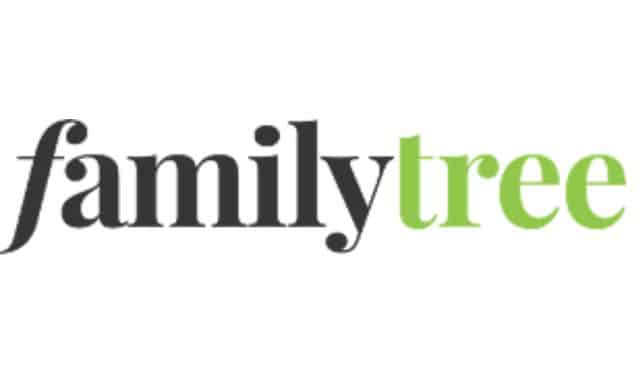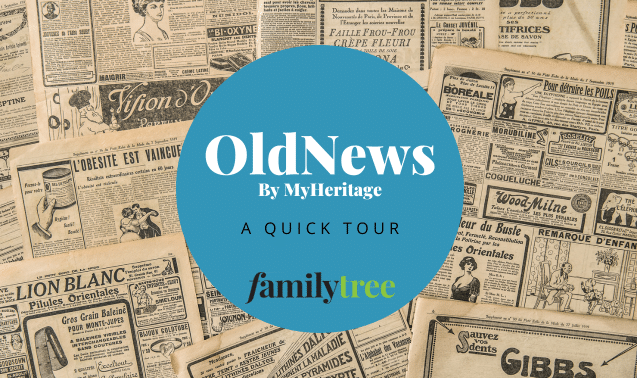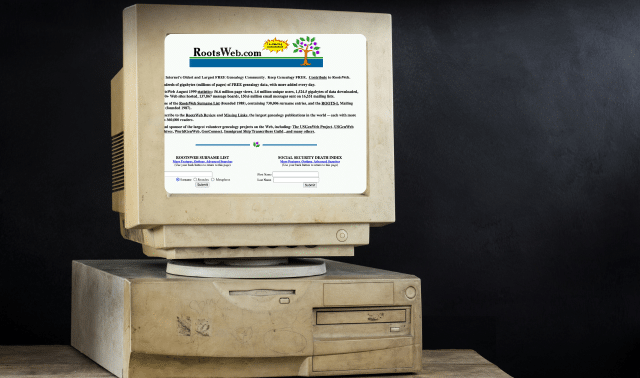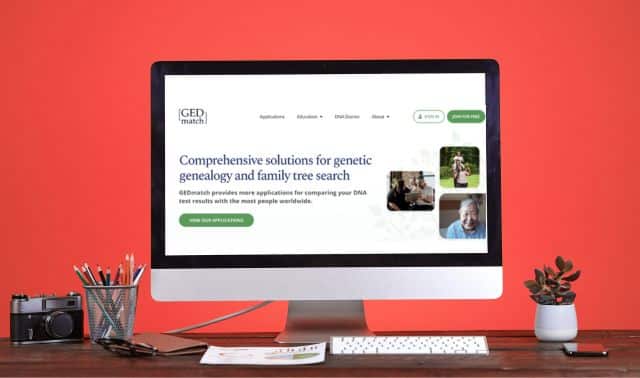The competition begins in earnest. But all the websites have smart, stylish interfaces. All are well-endowed with millions of records and trees. How will you know whether each is a happily- ever-after fi t? What’s on the inside—digitized and indexed historical records—often counts most to genealogy website subscribers. My rule of thumb has been: Use FamilySearch.org often because it’s free. Then search Ancestry.com for US genealogy, findmypast for the United Kingdom and MyHeritage for the rest of the world.
But the rule is changing. Findmypast and MyHeritage have beefed up their US content. Then last year, FamilySearch started shelling out millions of its records to all these companies. Family Search.org links some of its indexes, such as Civil War service records and various censuses, to record images on commercial sites (where you need a subscription to view them). All four sites host certain public datasets, such as the National Archives’ military enlistments.
If these sites are all drinking from the same record streams, do they have exclusive content worth subscribing for? Representatives from each company answered this question similarly: Although some records duplicate what’s available elsewhere, significant resources are dedicated to acquiring unique content.
ANCESTRY.COM: “We work directly with archives across the globe to identify genealogically rich collections that have not been published online. We invest millions of dollars each year to digitize these new record collections,” says Todd Godfrey, senior director of content acquisition. “As most of our work is directly with … archives, a majority of new content we add to the Ancestry.com service is unique.”
FINDMYPAST.COM: “We’re acquiring new exclusive content in all of the territories we operate in, signing new partnerships with record offices and archives,” says Josh Taylor, data strategy manager. “We coordinate with several major data sites to avoid duplication, either by working jointly on projects, or licensing records from or to our partners.”
MYHERITAGE.COM: “Much of the content on MyHeritage is exclusive and … this will be our strategy on a going-forward basis. We are very effective at partnering with the major … repositories around the world at digitizing collections that are not currently available online. With the vast amount of undigitized content in the world, it is to everyone’s advantage to focus on content that is unique,” says Russ Wilding, chief content officer.
Increasingly, researchers want more than old records from a genealogy website. As Taylor says, “It’s about the records, yes, but it’s also about what you can do with them.”
For example, you may prefer a certain site’s search for its power and flexibility. Savvier search engines automatically pull in all parameters from a relative’s profile in your family tree and rank results by how well they match the most important fields and record types. You may find a site easier on the eye, better organized or better at social networking than others. It may excel at user tutorials and research how-tos. Another may source its databases more thoroughly. Family tree-building tools on one site may be easier or more flexible. Automated alert or hint systems may be awesome or annoying.
So here’s a proposal: Today’s genealogy website relationships don’t have to run by Grandma’s dating rules. Longterm commitment isn’t required and multiple partners are fine. Have a hot research session with a subscription site at the library or with a free trial before committing with your credit card. Keep an eye on genealogy sites’ blogs and Facebook pages for new collections of interest. Don’t be afraid to cancel a subscription and try another site. Just download your family tree data and record images, along with source information, so you don’t lose access to them.
So when one website suitor casually mentions his enormous 1890 census substitute database, you can roll your eyes. And then check it out. Even say “I do” if you like. At least for a while.
From the September 2014 issue of Family Tree Magazine




